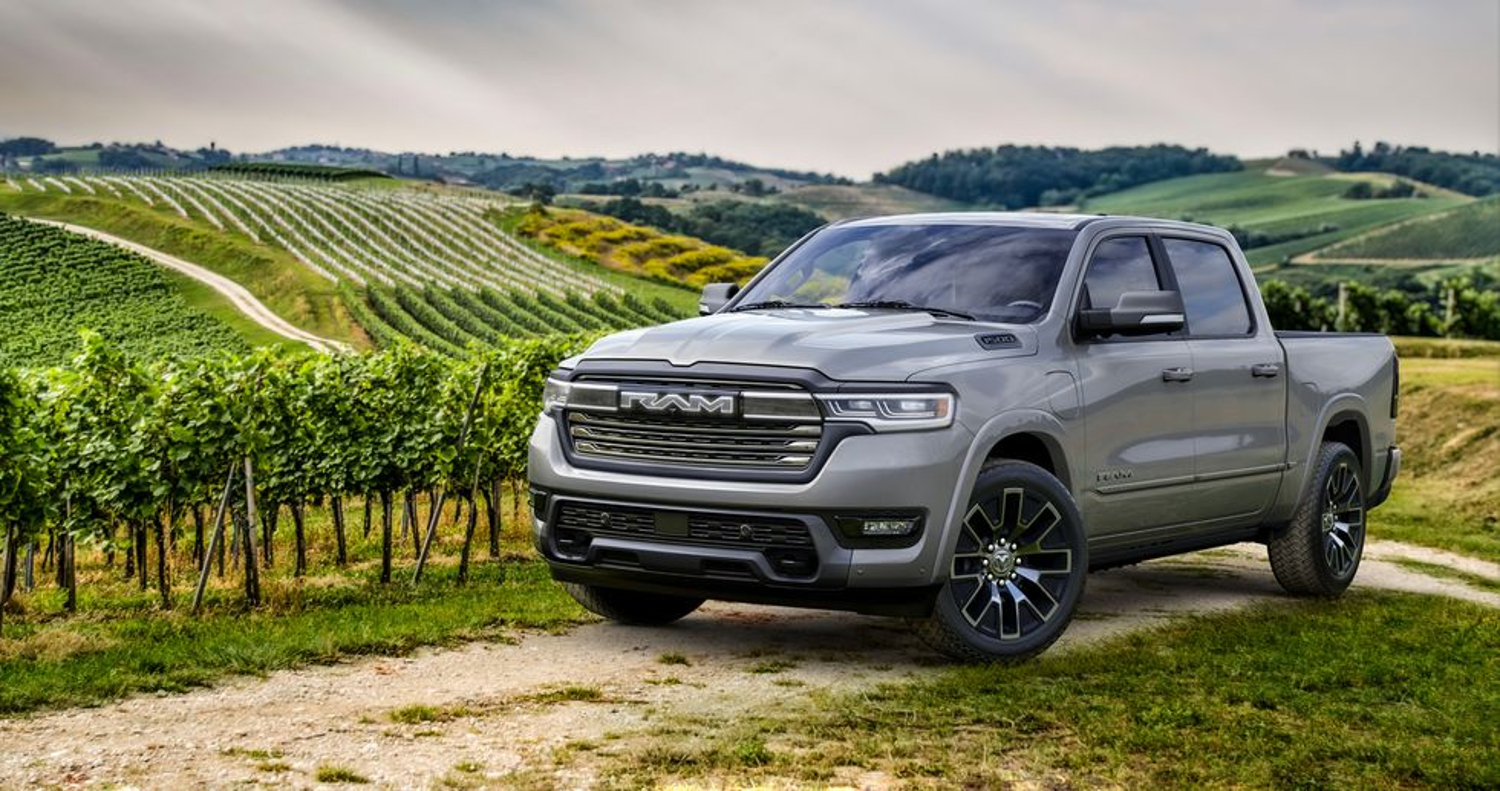Sign up for daily news updates from CleanTechnica on email. Or follow us on Google News!
By now, it’s well known that Tesla CEO Elon Musk uttered remarks last week that probably caused the company’s stock to plummet. His discouraged, morose tone during the Tesla Investor Relations (IR) call, compounded by Q3 missed revenue and earnings marks, raised many questions about Tesla’s financial situation for the next several years.
I wrote then that investors had reasons to feel down. I also added that there was a glint of hope about Tesla’s potential. Yes, Musk was insistent that he wanted “to temper expectations for Cybertruck. It’s a great product, but, financially, it will take a year to 18 months before it is a significant positive cash flow contributor.” But isn’t being prudent a sign of new maturity for the CEO who has historically promised the moon and instead delivered slivers of light in small increments?
I’m not the only one who did a close reading of the IR call transcript and saw reasons to believe in Tesla’s potential. Indeed, an article this week by Tasha Keeney, director of investment analysis and institutional strategies at ARK Invest, states, “Notwithstanding its current growing pains, we continue to believe that Tesla is years ahead of the competition.”
Hmmm. Exactly what do Keeney and her ARK colleagues see that gives them confidence in Tesla’s potential?
In April, Musk shared some details about the Cybertruck, and more insights could be culled from the company’s Master Plan 3. Now we understand that Cybertruck is scheduled to debut commercially on November 30. Subsequently scaling volume production, though, will be “enormously challenging,” according to Musk, in an overt warning to investors.
ARK’s Keeney suggests that “Tesla has lots of experience with difficult volume production ramps.” Uh huh. She notes that everything from the seals around the windows to the construction of the second-row seats proved to be hurdles for the company with the Model X, Musk acknowledged in 2016. “There was some hubris with the Model X,” he admitted, “We over-engineered the car.”
The hubris with the Model X brings to mind the ramp of the Model 3, which Musk admitted later became “production hell.” In 2018, CleanTechnica’s Steve Hanley reminded our readers that, “For Tesla, every day is a trip into terra incognita.” Steve mused afterward, “In some respects, it is a victim of its own success.”
Perhaps that insight was prescient and still applicable when anticipating the Cybertruck. As Keeney notes, “Heralded initially for promising a simple, cost effective design, the Cybertruck now seems to be facing manufacturing complexity that is surprising investors.”
The pickup truck segment is highly profitable and in demand in the US. Owning a pickup truck tends to be an emotional issue. It offsets feelings of powerlessness. Its aggressive appearance arises from oversized fenders and tires that exude the illusion of strength. Reuters says that the Cybertruck is expected to challenge Rivian’s R1T, Ford’s F-150 Lightning, and General Motors’ Chevrolet Silverado EV in the “hot market for electric pickup trucks.” The Cybertruck is more Transformers than traditional, more surreptitious than standard. But is that a bad thing? If not, the question remains: can investors wait for its release and eventual profitability?
Keeney recognizes the production nuances that the Cybertruck is encountering. “With parts unlike those in any other Tesla model, its costs are likely to surprise on the high side of expectations in the short term.”
The Cybertruck’s unique styling was an early signpost that Tesla intended to establish a new entree into the pickup truck market — as if it was something out of the sci-fi world. Its features — like ground clearance of 16 inches, front angle of approach at 35 degrees, armored body and glass, 110V/220V power, and air compressor — separate it from other truck manufacturers. These attributes also seem to have created dilemmas from the design stage right through development, pre-production, production, post-production, and (soon-to-be) distribution.
“Notwithstanding its current growing pains,” Keeney discloses, “we continue to believe that Tesla is years ahead of the competition in producing cost effective vehicles.”
In March, Tesla engineers stated that they would cut assembly costs by half in future generations of cars. To do so, the company plans to use innovative manufacturing techniques and smaller factories. As reported by CBS News, Franz Von Holzhausen, Tesla’s design chief, said the company would build the cars in smaller modular units, then bring those units together. Its next electric powertrain factory could be half the size of the one Tesla just built in Austin, costing 65% less. “That also means we can build more factories at the same time,” added Tom Zhu, who leads Tesla manufacturing.
Plus, because we westerners live in an immediate gratification society, it’s easy to forget that, as recently as June, the auto world was abuzz that Tesla agreed to open its Supercharger network in a systematic fashion to non-Tesla EVs. As of this writing, General Motors, Mercedes-Benz, Nissan, Hyundai, Kia, and several other automakers and their brands have all announced a switch to what’s now referred to as NACS — the North American Charging Standard. That was big news, and the market responded positively to Tesla.
Also, note that the more mainstream Tesla models have dropped in price over the last couple of years. The 2023 Tesla Model 3 now starts at $40,240 for the base version with rear-wheel drive and a maximum range of 272 miles. That’s before rebates and subsidies.
Keeney ended the ARK article by envisioning Tesla’s potential in direct connection to its development of “one of the world’s most powerful supercomputers.” Tesla Dojo is a supercomputer dedicated to AI machine learning that Tesla launched at AI Day 2021. It uses Tesla-designed chips, its comprehensive infrastructure, and video data from Teslas everywhere to train the neural network.
“That,” Keeney continues, “combined with its seemingly insurmountable advantage in real world driving data, should enable autonomous driving.”
Yes, the Dojo network is essential support in pursuit of Tesla’s machine vision technology for autonomous driving via its Full Self-Driving (FSD) system. Projections indicate that by October 2024, the company’s compute capacity will reach 100 exaflops. (An exaflop is a measure of performance for a supercomputer that can calculate at least one quintillion floating point operations per second.) With Dojo, Tesla intends to scale its capacity from ~14,000 Nvidia A100 chips to the compute equivalent of ~300,000 A100 chips.
“In our view, Tesla will continue to lead the world into autonomous electric transportation,” Keeney ends.
Final Thoughts
Tesla’s potential may hinge on autonomy, but if it does issue a workable FSD system, the company’s underpinings will have made it possible. Tesla’s vertical alignment is essential to the company’s success. It’s about so much more than a catalog of vehicles — let’s not forget to add in the company’s ability to integrate renewable energy generation and storage into buildings and to power entire communities. That is truly a step beyond other automakers and of significant value to its shareholders.
Of course, it didn’t hurt this past weekend that Musk drove to the Formula One race in Austin in a Cybertruck. Fans chanted “Elon, Elon, Elon” as the consumate showman tried to drive away. Stay tuned.
Have a tip for CleanTechnica? Want to advertise? Want to suggest a guest for our CleanTech Talk podcast? Contact us here.
EV Obsession Daily!
I don’t like paywalls. You don’t like paywalls. Who likes paywalls? Here at CleanTechnica, we implemented a limited paywall for a while, but it always felt wrong — and it was always tough to decide what we should put behind there. In theory, your most exclusive and best content goes behind a paywall. But then fewer people read it!! So, we’ve decided to completely nix paywalls here at CleanTechnica. But…
Thank you!
Community Solar Benefits & Growth
CleanTechnica uses affiliate links. See our policy here.



